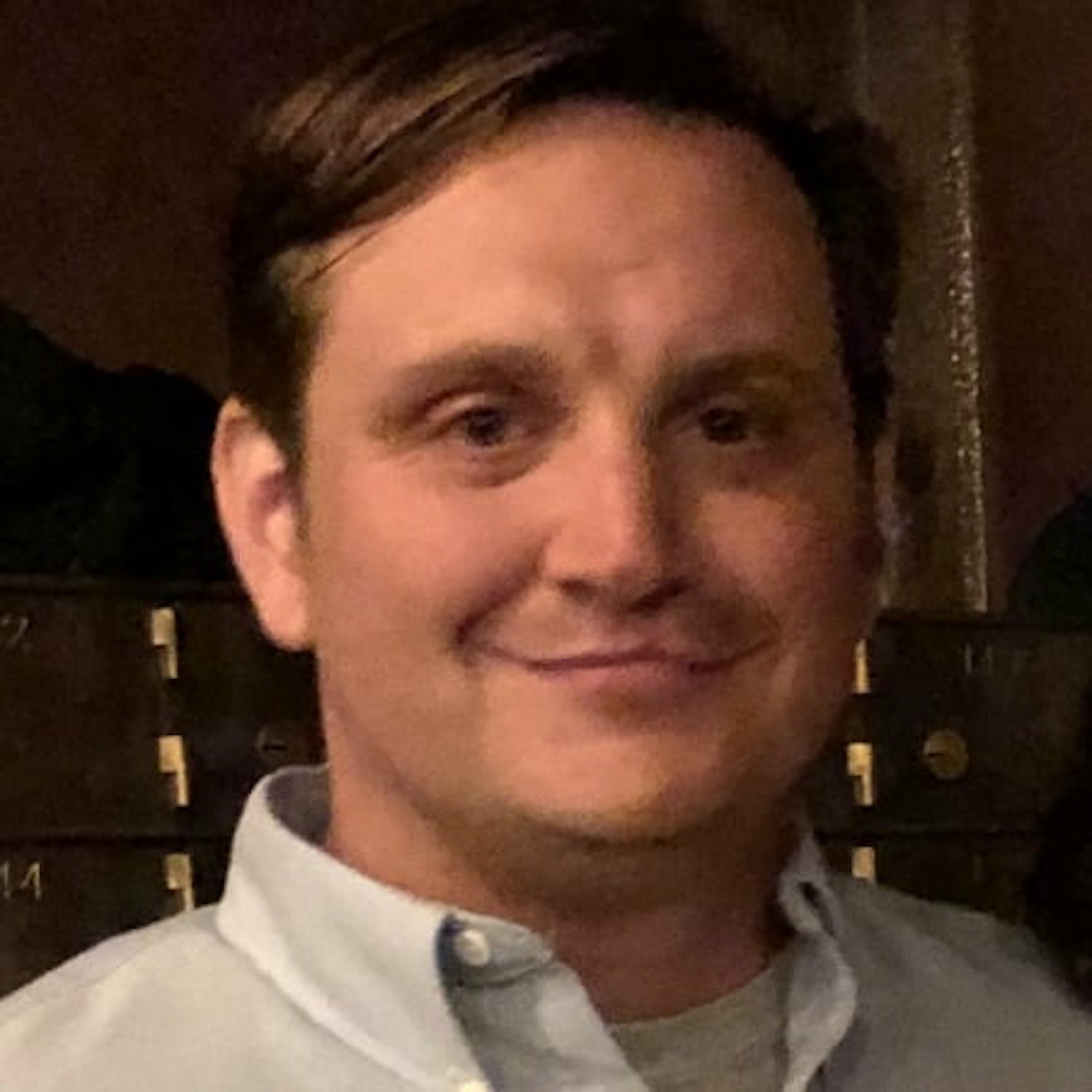Beyond the Living Dead: Treasures from the George A. Romero Archive

b'Warning: contains spoilers and strong language.\\n\\nWith his 1968 debut Night of the Living Dead, George A. Romero helped to inaugurate a new era of both horror film and independent cinema, and introduced the world to the zombie as we know it today: re-animated corpses, stumbling towards the living in search of flesh, a ghoulish new kind of monster that has, in the subsequent half-century, become an essential part of the world\\u2019s cultural imaginary. From that moment on, Romero would become known as the maker of zombie movies, directing 5 more films set in the Living Dead universe, an artist completely identified with that initial monstrous creation.\\n\\nRomero is a complex figure in American cinema. He worked outside the normal systems of financing and distribution for most of his career, choosing to live and work in Pittsburgh, where he built an industry and a community. But while being far from Hollywood ensured that access to funding for his projects would be severely limited, and often contingent on his branding as the director of the \\u201cDead\\u201d movies. The immense, global impact of Night of the Living Dead ensured he could have a career, but it restricted the scope and range of that career.\\n\\nHowever, Romero\\u2019s archives paint a different picture. The University of Pittsburgh has acquired the George A. Romero Archival Collection, a massive archive that includes materials from the full span of his career, from his earliest short films to his final projects. There are drafts of genre classics like Dawn of the Dead and Day of the Dead that show their evolution throughout the process of pre-production, supplemented by boxes and boxes of documents detailing their production and reception. But the largest and most revelatory component of the archive is the hundreds of projects that Romero never got to make. He only made 16 features in his lifetime, but he was a hugely prolific writer, with dozens and dozens of complete screenplays and many many more proposals, treatments, and partial works.\\n\\nThis talk will give a brief overview of the material in the archive, focusing on what the unfilmed and unpublished projects tell us about Romero\\u2019s larger themes, with pictures and clips of work from the archive that has rarely or never before been publicly viewed, and how that work recontextualizes his genre films. It will then focus on the specific case study of his early approaches to \\u201cfound footage\\u201d mockumentary horror, which he tied to multiple projects about Bigfoot and other pre-human creatures and communities, before incorporating it into his 2006 zombie movie, Diary of the Dead.\\n\\n== About Adam Charles Hart ==\\n\\nAdam Charles Hart is the author of Monstrous Forms: Moving Image Horror Across Media (Oxford UP). He has taught at Harvard University, North Carolina State University, and the University of Pittsburgh, and is currently a Visiting Researcher at the University of Pittsburgh Library. His writings on horror films and video games and on the American avant-garde cinema have appeared in Discourse, The Journal of Cinema and Media Studies, Imaginations, Studies in the Fantastic, The New Review of Film and Television Studies, and the edited collections Gothic Cinema (Edinburgh UP) and Companion to the Horror Film (Wiley-Blackwell UP). He is currently at work on two monographs: a critical study of the work of George A. Romero and a history and theory of handheld cinematography in film, television, and video called The Living Camera: The History, Politics, and Style of Handheld Cinematography from 16mm to GoPro.\\n\\nVideo and transcript available at: https://cms.mit.edu/video-adam-charles-hart-living-dead-george-romero-archive.'